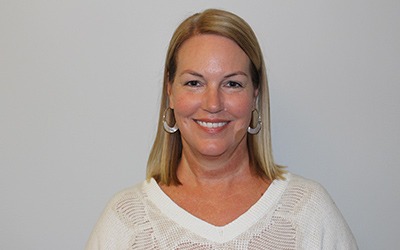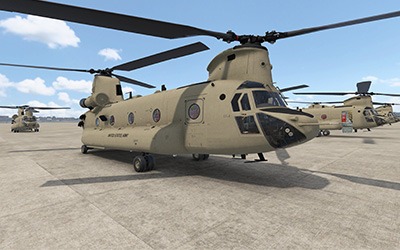This unique lab will be used to enhance the effectiveness of simulation training for military and first responders.
June 14, 2021 – (Orlando, FL) – Waymon Armstrong, CEO/president of Engineering & Computer Simulations (ECS), announced that ECS has opened one of the first haptics labs in Central Florida that is specifically focused on the integration of haptics products within various extended reality (XR) simulation and training programs. Located at the corporate headquarters, the technology team at ECS will perform haptics research and development as well as evaluation, assessment, integration, and product development focused on haptics technology.
As one of its first projects, the team, led by Shane Taber, Vice President of Operations – Orlando, will evaluate and assess specific haptics vendor products for a research and development program that is being funded through 2024 by the Army’s Simulation and Training Technology Center (STTC), a division of the Combat Capabilities Development Command (CCDC) Army Research Laboratory’s (ARL) Human Research and Engineering (HRED) Directorate. The vendor gloves being studied include the VRgluv, which were just delivered last week; the HaptX Gloves DK2, which were the first set delivered in Florida; and gloves from BeBop.
The lab space will allow the ECS team to perform additional critical studies and programs such as front-end analysis and test and assessment. The initial focus of the studies will be for medical training, but plans are already underway to include aviation maintenance and marksmanship simulation programs as well.
Armstrong says: “We are excited to establish this in-house technology lab that allows us to further integrate and refine haptics technology in virtual, augmented, mixed, and extended realities. The ability to develop and test within this space ensures we continue to enhance the innovative global training products and services for our warfighters, first responders, and enterprise clients.”
Paul Sohl, Rear Adm. USN (ret.) and CEO of the Florida High Tech Corridor Council adds: “In engaging with great leaders like Waymon, I’ve come to realize that tech is really about the positive impact it can have to benefit the people, neighborhoods, and communities we serve. Tech to serve others, such as our military service members and our first responders … now that’s cool in my mind.”
Derived from the Greek word for touch, “haptic” is defined by Oxford Languages as “the use of technology that stimulates the senses of touch and motion, especially to reproduce in remote operation or computer simulation the sensations that would be felt by a user interacting directly with physical objects.” Haptic technology simulates the sensation of touch and feedback for the user and this capability will enhance the realism of our training simulations.
By wearing specialized haptics gloves in tandem with a virtual reality (VR) headset, ECS delivers training programs that offer a realistic sense of touch and natural interactions within an immersive training environment. For example, when applied in a medical environment, the haptics integration within the application would provide combat medics, and healthcare professionals the tools that they need to improve their quality of training and retention to potentially save more lives.
Sheena Fowler, Vice President of Innovation for the Orlando Economic Partnership, states: “Our Orlando Tech Council aligns our region’s tech and innovation ecosystem resources to accelerate progress towards an innovation-based economy. We believe this unique haptics lab, established by our friends at ECS, will enhance Central Florida’s technology and innovation community and help to strengthen our region as one of the leading communities for innovation.”
George Cheros, President & CEO at National Center For Simulation adds: “ECS has always been an amazing innovator and partner in our community and industry. It is no surprise that they are one of the first technology and training firms to dedicate lab space to research and advance haptic technology for implementation in our simulation and training programs.”



